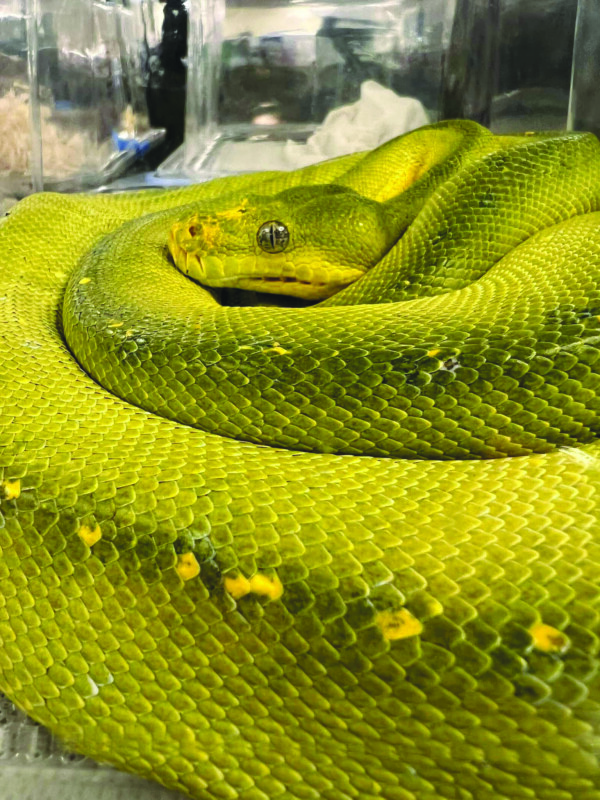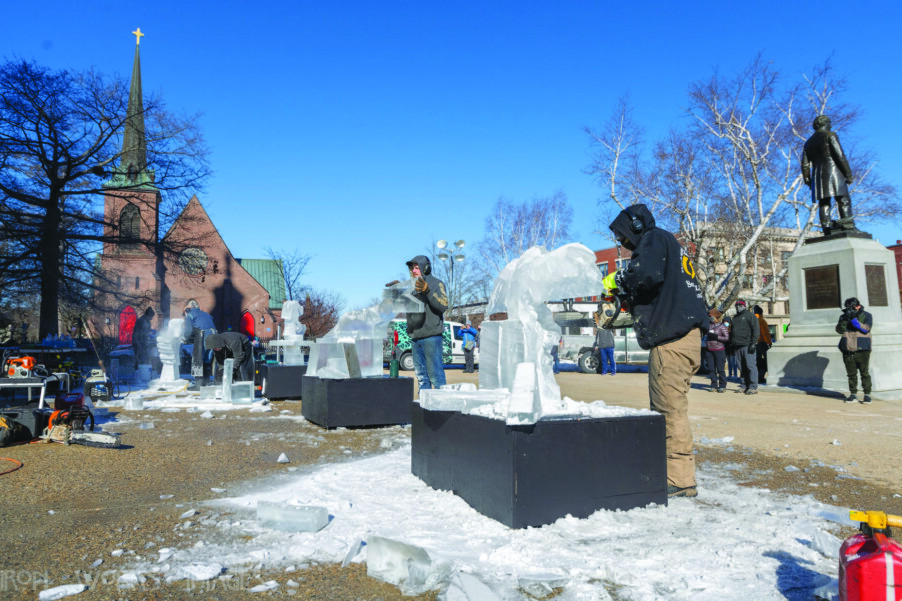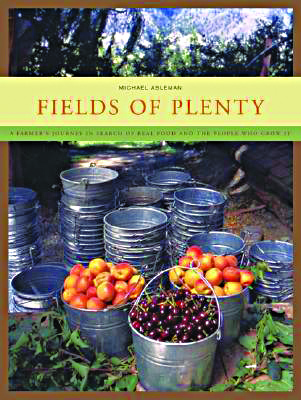New England Reptile Expo returns to Manchester
By Mya Blanchard
On Sunday, Feb. 5, reptiles of all shapes and sizes will return to the DoubleTree by Hilton in Manchester from 9 a.m. to 4 p.m. for the New England Reptile Expo.
“[It’s] the legacy of my husband,” said Meredith Lowder, the wife of the late Bruce Lowder, who founded the event. “About 30 years or so ago he started a snake show at the Greenburgh Nature Center in [Scarsdale, New York]. … At the same time he was expanding the show, he started to have a show in New Hampshire.”
Since the expo started in the Granite State around two decades ago, what began as a show with only about 15 vendor tables has since grown to become known as the largest in the area.
“We typically have approximately 200 tables, and some vendors have one table and some have as many as seven. … On these tables are reptiles and invertebrates. Pretty much anything you could imagine that is safe to sell in the state of New Hampshire,” Lowder said.
These animals include bearded dragons, turtles and iguanas, as well as various breeds of snakes, geckos and spiders, to name a few.
“In addition to animals … there are also supplies,” Lowder said. “If you need a tank, if you need a filter, if you need bedding, [or] if you need a warm rock for your new bearded dragon to bask [on] … everything you could possibly need is there.”
Slither and Swim, a New Haven, Connecticut-based retail store specializing in reptiles and tropical fish, has been attending since the beginning.
“We bring all the terrariums, the bedding, the lighting, the heating, the accessories [and] the decorations,” store owner Paul Nixon said.
Ball python breeder Fred Kick, owner of Kicks Balls, will also be there, selling a vast array of reptiles at the expo.
“[We’ll have] almost everything you could think of — bearded dragons, leopard geckos, ball pythons, boa constrictors … all kinds of tarantulas, a little bit of everything,” Kick said. “We’ll probably have maybe 250 different types of reptiles.”
Like Nixon, Kick has been participating in the expo since it began. He’s been in business with his brother since 1987.
“The most important part of what I do is just taking care of the animals. They have to depend on us [and] we’re all they have, so we have to do a good job with what we do,” he said. “Nothing’s better than seeing newborn babies that you helped create. It really is crazy to see them for the first time.”
Lowder said the expo attracts everyone from serious breeders and reptile enthusiasts to families. Three more shows are planned for later this year, on April 2, July 9 and Nov. 5.
“It’s a unique opportunity to see animals that you wouldn’t otherwise see,” she said. “I think anybody who would want to come would have a wonderful time.”
New England Reptile Expo
When: Sunday, Feb. 5, 9 a.m. to 4 p.m.
Where: DoubleTree by Hilton Manchester Downtown, 700 Elm St., Manchester
Cost: Tickets are $10 for attendees ages 13 and over, $5 for children ages 7 through 12 and free for children ages 6 and under
Visit: reptileexpo.com
Featured photo: Green snake. Courtesy photo.





